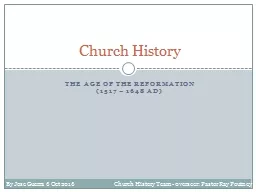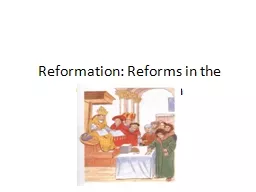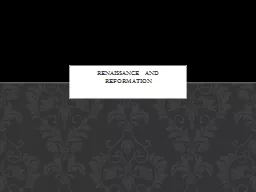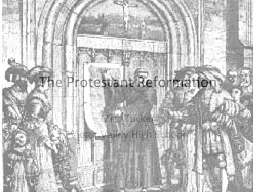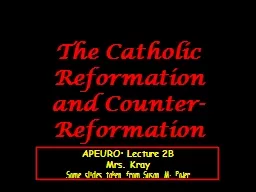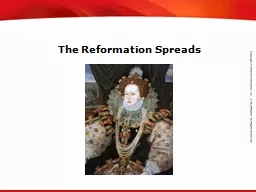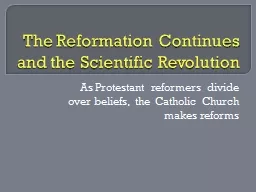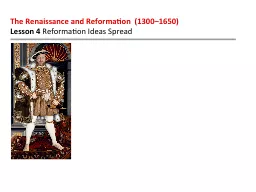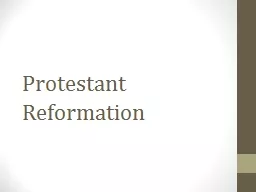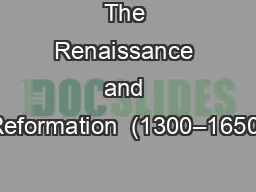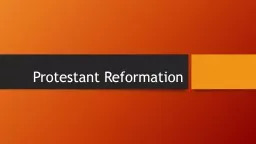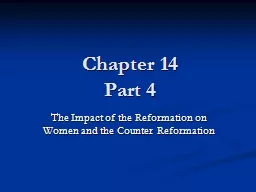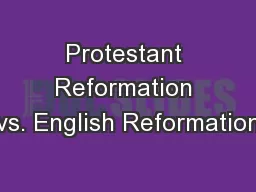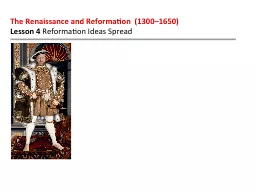PPT-The age of the reformation
Author : sherrill-nordquist | Published Date : 2017-10-25
1517 1648 ad Church History By Jose Guerra 6 Oct 2016 Church History Team 0verseer Pastor Ray Poutney Primary Source Material Agenda Define the lesson timeline
Presentation Embed Code
Download Presentation
Download Presentation The PPT/PDF document "The age of the reformation" is the property of its rightful owner. Permission is granted to download and print the materials on this website for personal, non-commercial use only, and to display it on your personal computer provided you do not modify the materials and that you retain all copyright notices contained in the materials. By downloading content from our website, you accept the terms of this agreement.
The age of the reformation: Transcript
Download Rules Of Document
"The age of the reformation"The content belongs to its owner. You may download and print it for personal use, without modification, and keep all copyright notices. By downloading, you agree to these terms.
Related Documents

